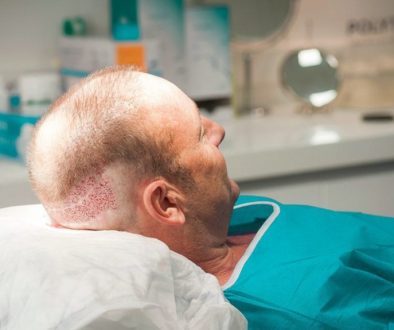Are Norwood 7 Patients Good Hair Transplant Candidates?
I am 51 years old and have advanced hair loss. Looking at the Norwood Scale I would say I’m a class 7. After determining the number of sessions needed to transplant hair what is the normal time to see results?
Thank you for your inquiry.
Level 7 hair loss sufferers according to the Norwood Scale typically are not good hair transplant candidates for a few reasons:
- The already finite donor supply will be even more limited since at this level of hair loss, much of the hair in the sides and back of the head has receeded. In other words, less donor hair is available to transplant giving you less hair to work with.
- The balding area is much larger which will require a far greater number of grafts to achieve the illusion of density.
Fore more information, see the following Hair Loss Q&A Blog: How many donor grafts are available for hair transplant surgery?
Understand that a hair transplant is not a cure for hair loss and is only a surgical procedure to move hair follicles from one area of the scalp (the donor area) to the other (the recipient area).
In the next 10 years or so we are hoping to see hair multiplication become a replacement for today’s hair restoration methods. This will give hair loss sufferers an unlimited supply of donor hair to transplant.
In the event that a Norwood 7 hair loss sufferer does pursue hair transplantation, realistic expectations are extremely important. At best one could hope to receive a light dusting of hair over the entire balding area or have to focus on one particular area such as the frontal third of the scalp. Of course, the hair transplant patient may still wind up looking unnatural.
It is always best however to consult with a world class hair restoration physician in order to determine which is the best hair restoration method for you.
Technorati Tags: hair loss, Norwood Scale, transplant hair, hair transplant, donor hair, balding, hair follicles, hair multiplication, hair restoration, donor hair, hair transplantation, hair transplant patient



